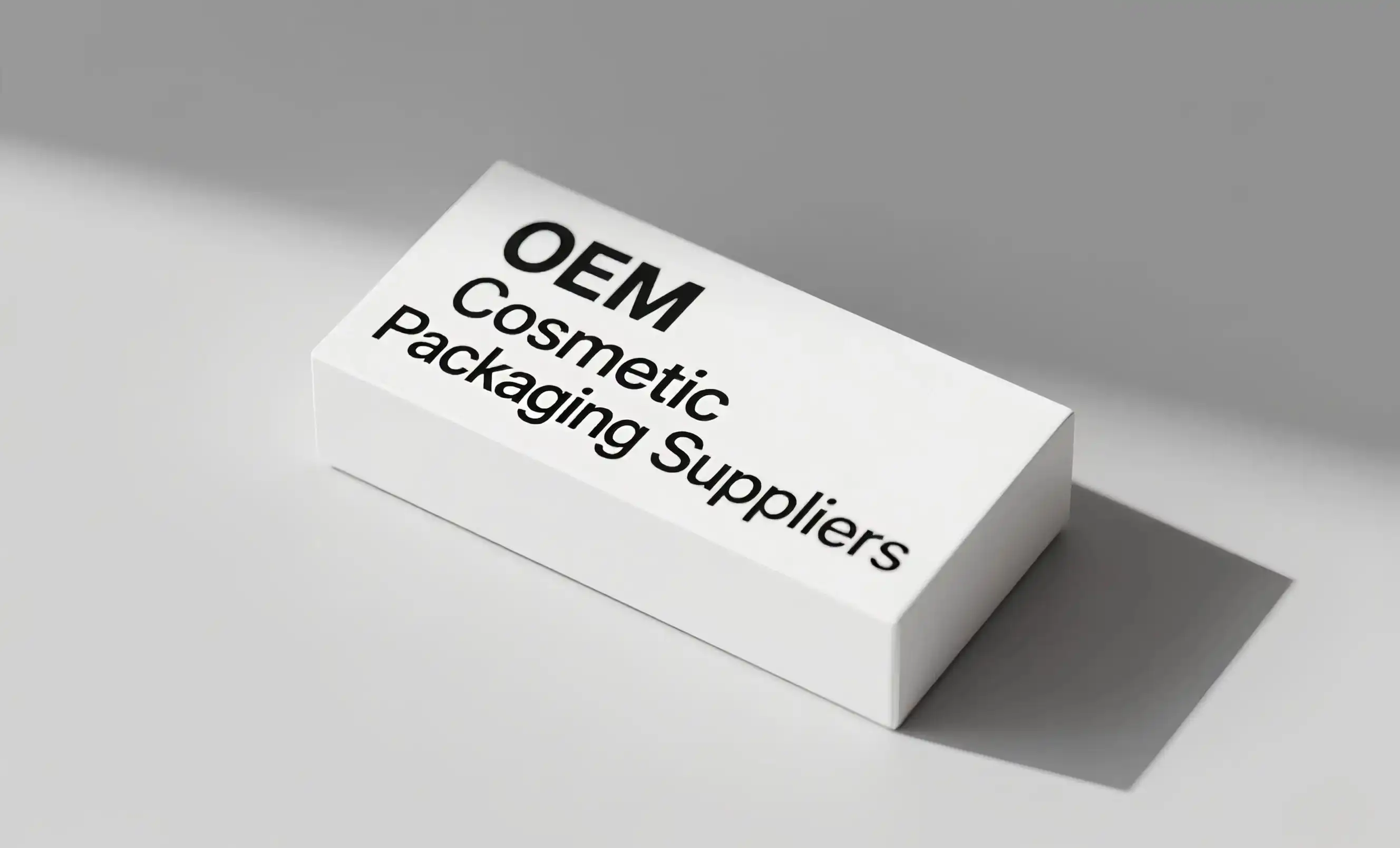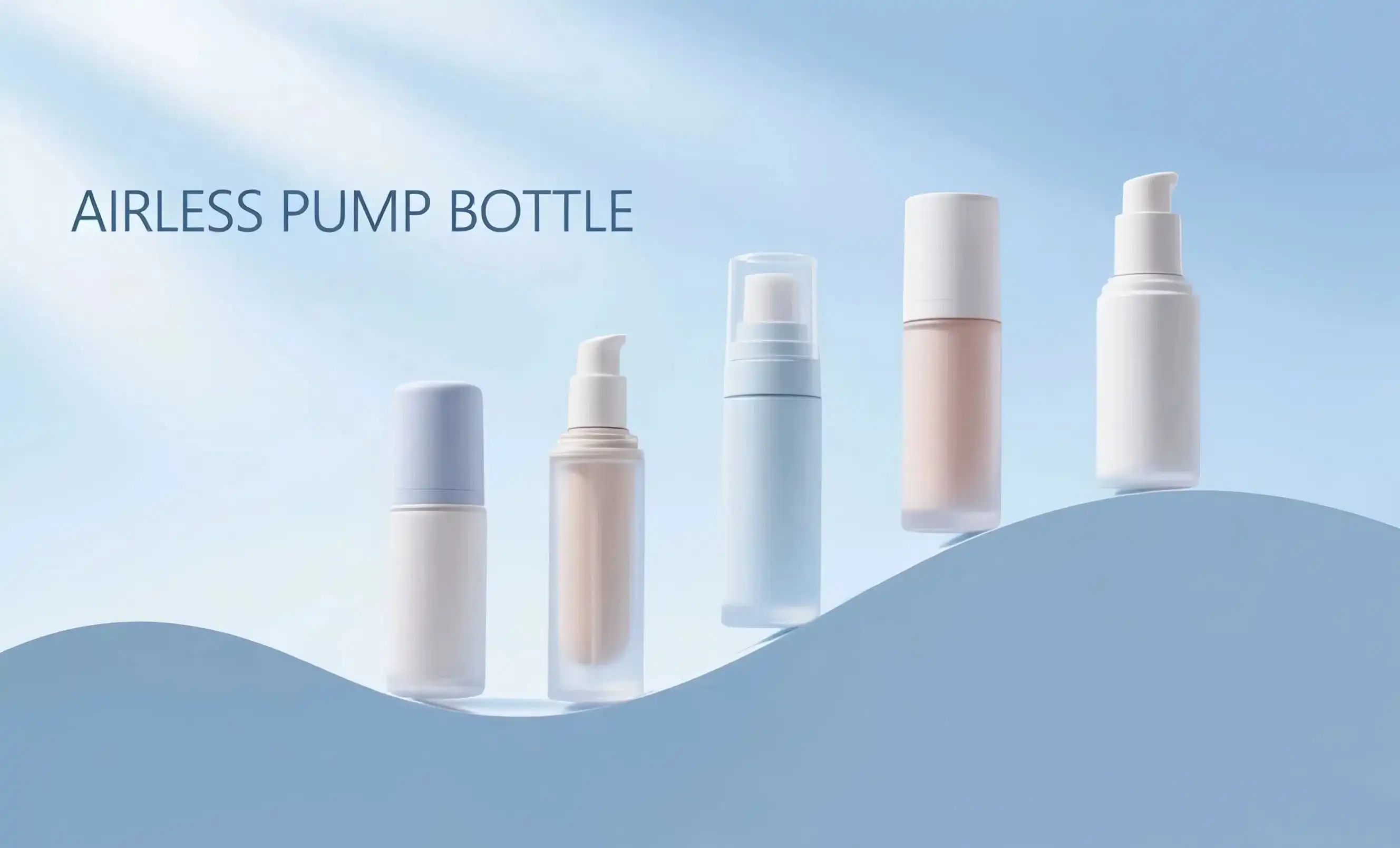Why OEM packaging reduces R&D costs for beauty brands
One of the most significant advantages of working with OEM cosmetic packaging suppliers is the substantial reduction in research and development costs for beauty brands. This cost-saving benefit stems from several factors:
Leveraging existing expertise and infrastructure
OEM suppliers have already invested heavily in research, development, and manufacturing capabilities. By tapping into this established infrastructure, beauty brands can avoid the hefty upfront costs associated with setting up their own R&D facilities and production lines. This allows brands to allocate their resources more efficiently, focusing on product formulation and marketing rather than packaging development.
Access to a wide range of pre-existing designs
OEM suppliers typically offer an extensive catalog of packaging options that have already been tested and refined. This variety allows brands to select from proven designs, reducing the need for costly trial-and-error processes. While customization is still possible, starting with a base design can significantly cut down on development time and expenses.
Shared cost of innovation
When OEM suppliers develop new packaging technologies or sustainable materials, the cost of this innovation is spread across multiple clients. This shared approach to R&D means that even smaller brands can benefit from cutting-edge packaging solutions without bearing the full financial burden of development.
Reduced testing and compliance costs
OEM suppliers often have established relationships with testing laboratories and are well-versed in regulatory requirements. This expertise can help brands navigate complex compliance issues more efficiently, reducing the time and money spent on ensuring packaging meets industry standards and regulations.
How OEM suppliers ensure faster time-to-market for new products
In the fast-paced beauty industry, speed to market can make or break a product launch. OEM cosmetic packaging suppliers play a crucial role in accelerating the product development cycle:
Streamlined design and prototyping process
OEM suppliers have refined their design and prototyping processes to be as efficient as possible. With advanced 3D modeling and rapid prototyping technologies, they can quickly turn concepts into tangible samples. This speed allows brands to iterate and finalize designs much faster than if they were to handle the process in-house.
Established production capabilities
Once a design is approved, OEM suppliers can swiftly move into production. Their established manufacturing facilities and processes mean that scaling up from prototype to full production runs can happen seamlessly, without the delays often associated with setting up new production lines.
Flexible manufacturing schedules
Many OEM suppliers offer flexible production schedules to accommodate varying order sizes and timelines. This adaptability is particularly beneficial for brands launching new products or running limited edition campaigns, as it allows for more agile production planning.
Integrated supply chain management
OEM suppliers often have well-established relationships with raw material suppliers and logistics partners. This integrated supply chain management can significantly reduce lead times and potential delays in the production process, ensuring that packaging is ready when needed for product launches.
Quality control advantages of working with OEM manufacturers
Maintaining consistent, high-quality packaging is essential for preserving brand reputation and ensuring product safety. OEM cosmetic packaging manufacturers offer several quality control advantages:
Specialized expertise and equipment
OEM suppliers focus exclusively on packaging production, allowing them to develop deep expertise and invest in specialized equipment. This specialization often results in higher quality standards and more consistent output compared to in-house production facilities that may handle multiple aspects of product manufacturing.
Rigorous testing protocols
Established OEM suppliers have comprehensive testing protocols in place to ensure that packaging meets all necessary quality and safety standards. These may include tests for material compatibility, leak resistance, and durability under various conditions. Such thorough testing helps prevent quality issues that could lead to costly product recalls or damage to brand reputation.
Continuous improvement processes
Many OEM manufacturers implement continuous improvement methodologies, such as Six Sigma or Lean Manufacturing. These approaches help identify and eliminate defects, streamline processes, and consistently enhance the quality of their packaging products over time.
Certifications and compliance
Leading OEM suppliers often hold various industry certifications (e.g., ISO 9001, BRC Packaging) that attest to their commitment to quality management. They are also typically well-versed in global regulatory requirements, ensuring that packaging complies with standards such as FDA regulations or EU cosmetic packaging directives.
Scalability: How OEM packaging grows with your brand
As beauty brands evolve and expand, their packaging needs often change. OEM cosmetic packaging suppliers offer scalable solutions that can adapt to a brand's growth trajectory:
Flexible production capacity
OEM suppliers usually have the ability to handle both small and large production runs. This flexibility allows emerging brands to start with smaller quantities and gradually increase their order sizes as demand grows, without the need to change suppliers or compromise on quality.
Diverse product offerings
As brands expand their product lines, they often require a wider range of packaging solutions. OEM suppliers typically offer a comprehensive selection of packaging options, from airless bottles and droppers to jars and tubes. This diversity enables brands to maintain a consistent look across their entire product range while catering to different formulation needs.
Global manufacturing and distribution networks
Many OEM suppliers have production facilities or partnerships in multiple countries. This global presence can be invaluable for brands looking to expand into new markets, as it can help reduce shipping costs and times, as well as navigate regional regulatory requirements more effectively.
Customization capabilities
As brands grow and seek to differentiate themselves further, OEM suppliers can offer increasing levels of customization. From unique shapes and sizes to special finishes and decorative techniques, these customization options allow brands to create distinctive packaging that stands out on the shelf and reinforces brand identity.
In conclusion, partnering with an OEM cosmetic packaging supplier offers numerous benefits that can significantly impact a beauty brand's success. From reducing R&D costs and accelerating time-to-market to ensuring superior quality control and providing scalable solutions, OEM suppliers play a crucial role in helping brands innovate and grow in the competitive beauty industry.
Are you a skincare brand, makeup brand, or cosmetics manufacturer looking to elevate your packaging game? At Topfeelpack, we specialize in advanced airless bottles and sustainable packaging solutions that can help your products stand out on the shelf while maintaining their efficacy. Our fast customization process can deliver new products to you in just 30-45 days, and we ensure delivery within 3-5 weeks. Whether you need packaging that complies with environmental regulations, requires special processes like gradient spraying or silk screen printing, or demands precise functionality for various product viscosities, we have the expertise to meet your needs. Don't let packaging limitations hold your brand back. Contact us today at pack@topfeelgroup.com to discover how our OEM cosmetic packaging solutions can help your brand thrive and grow.
References
- Smith, J. (2023). The Evolution of Cosmetic Packaging: OEM Trends and Innovations. Journal of Packaging Technology, 45(2), 78-92.
- Johnson, A., & Brown, L. (2022). Sustainable Practices in OEM Cosmetic Packaging: A Case Study Analysis. International Journal of Sustainable Manufacturing, 10(3), 215-230.
- Lee, S., et al. (2023). Quality Control Measures in OEM Cosmetic Packaging: A Comparative Study. Quality Assurance in Manufacturing, 18(4), 302-318.
- Garcia, M. (2022). The Impact of OEM Partnerships on Time-to-Market in the Beauty Industry. Journal of Product Innovation Management, 39(5), 621-637.
- Wilson, R., & Thompson, K. (2023). Cost-Benefit Analysis of In-House vs. OEM Cosmetic Packaging Production. International Journal of Production Economics, 246, 108401.
- Chen, Y., et al. (2022). Scalability and Flexibility in OEM Cosmetic Packaging: Meeting the Needs of Growing Brands. Supply Chain Management: An International Journal, 27(6), 513-529.


 - 副本_1745399213966.webp)

_1747827716538.webp)

